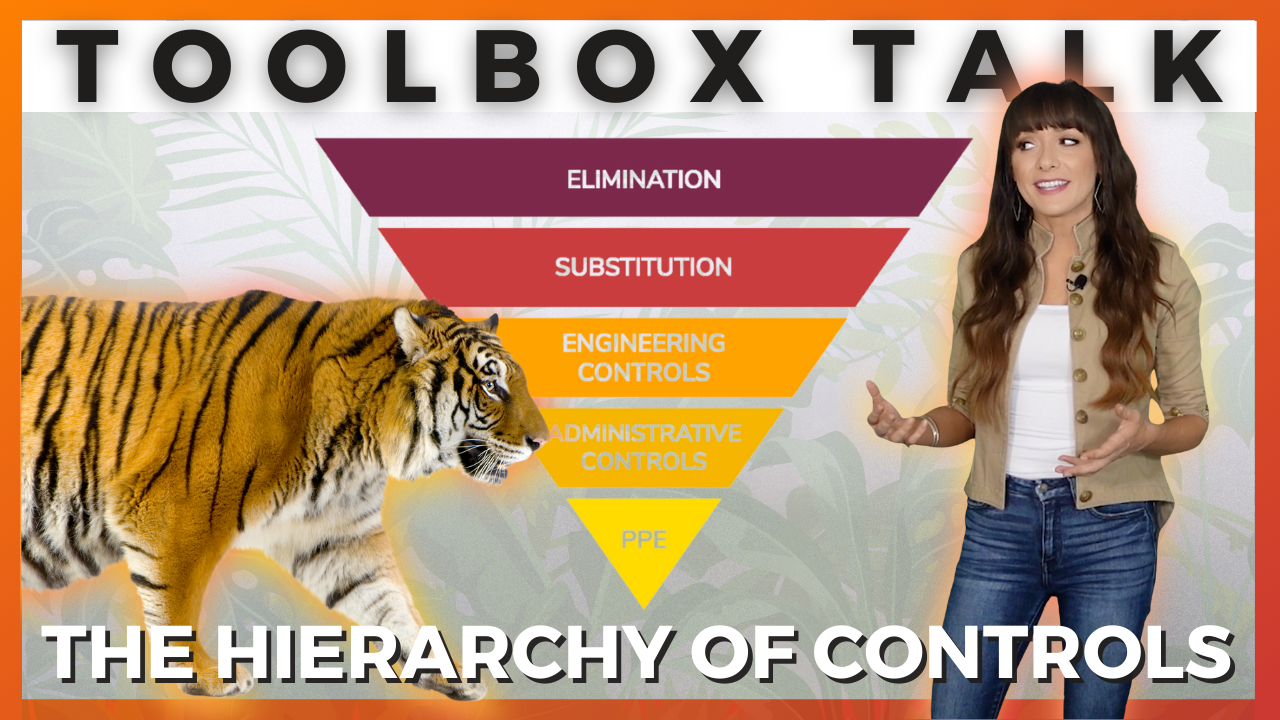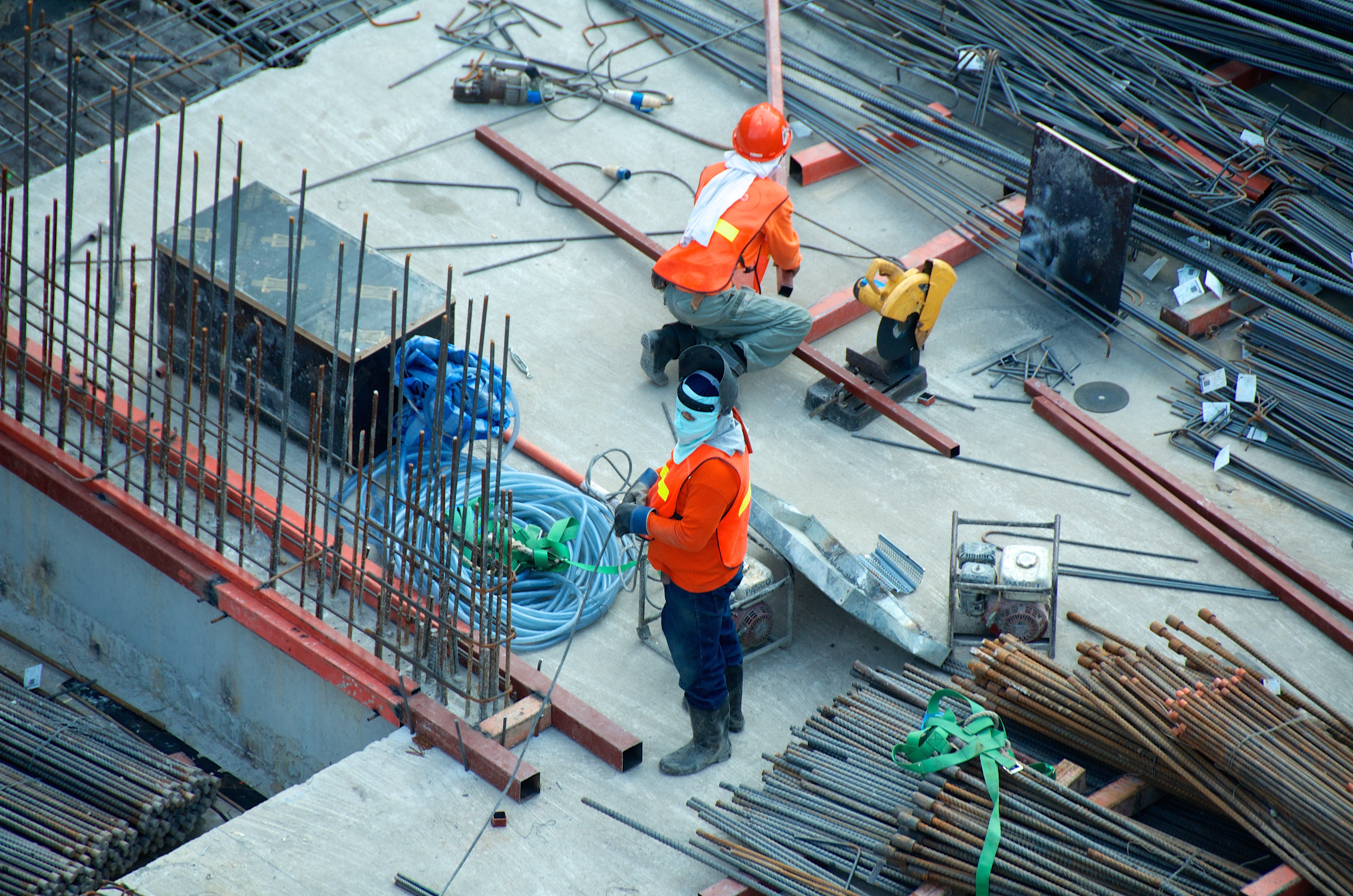Do you ever wonder why some hazards are controlled with ten-page specialized procedures, automated double-wall enclosures, and back-up power systems?
And some other times, we just throw a high-vis vest at the problem and keep going?
Well, there’s a method to the madness. That method is known as the hierarchy of controls.

As you probably know, not all hazards are created equal. Some have the potential to result in severe consequences with a reasonable probability, like for instance a vehicle crash. While others may cause minor discomfort, like a paper cut.
It wouldn’t make sense to approach all hazards with the same level of care.
We needed an ordered way to control hazards that’s ordered and logical.
That’s where the hierarchy of controls comes in.
Safety's Hierarchy of Controls
The hierarchy of controls is used to address hazards, starting from the most effective and going down to the least effective methods. Understanding hierarchy of controls examples can help safety professionals implement the most effective safety measures in the workplace.
To illustrate how the hierarchy of controls work, we are going to use the example of a simple hazard like the heat of a flame, in a scenario we can all identify with; cooking. We are going to work down the hierarchy of controls, finding different ways to address the risks of being exposed to heat and flame.

We are going to work down the hierarchy of controls, finding different ways to address the risks of being exposed to heat and flame.
Elimination
The first step is to evaluate if we can eliminate the flame. Is this flame essential to the work process?
What if we don’t need to heat anything?

If not, the easiest way to make sure no one gets burned is to eliminate the flame.
Substitution
Substitution is replacing something that produces a hazard with something that produces a less severe hazard. For this one, let’s substitute the open flame for something a bit more controllable and less hazardous, let’s say a microwave.

Engineering Controls
Engineering controls isolate people from the hazard, preventing contact with the hazard.
So, let’s take that flame, and engineer the workspace so that it keeps people away from the source of heat, such as using an oven. This is a classic example of engineering controls. Other engineering control examples include:
- Installing guardrails to prevent falls.
- Implementing ventilation systems to reduce exposure to harmful fumes.
- Soundproofing to minimize noise exposure in loud environments.
These examples of engineering controls demonstrate how physical changes to the workplace can effectively reduce risk.

Administrative Controls
After that, are administrative controls, which change the way people work to make sure work can be done safely.
This could be using a procedure such as keeping people out of the area while the flame is live, training employees to cook safely, or staying a safe distance from the flame. Administrative control examples also include:
- Scheduling work to reduce exposure time.
- Implementing safety protocols and training programs.
- Rotating jobs to minimize repetitive strain injuries.
These administrative controls examples highlight how altering work practices can enhance safety.

Personal Protective Equipment
Lastly, PPE is the last line of defense because it is the least effective.
PPE provides a barrier against hazards. If we were to outfit people who worked in the kitchen with oven mitts, that would be an example of using PPE.

That's Safety's Hierarchy of Controls
And that’s a quick look at how the hierarchy of controls works.
It’s a pretty simple concept that can be applied to almost any scenario.
So next time you need to find a way to control a hazard, remember, work from the most effective method to the least effective, down the hierarchy.
By understanding and applying hierarchy of controls examples in your workplace, you can enhance safety measures, ensuring a safer environment for everyone involved. For more in-depth safety training and resources, consider exploring Ally Safety's comprehensive library of toolbox talk videos and safety training courses, designed to engage and educate employees effectively.



Leave a comment
All comments are moderated before being published.
This site is protected by hCaptcha and the hCaptcha Privacy Policy and Terms of Service apply.